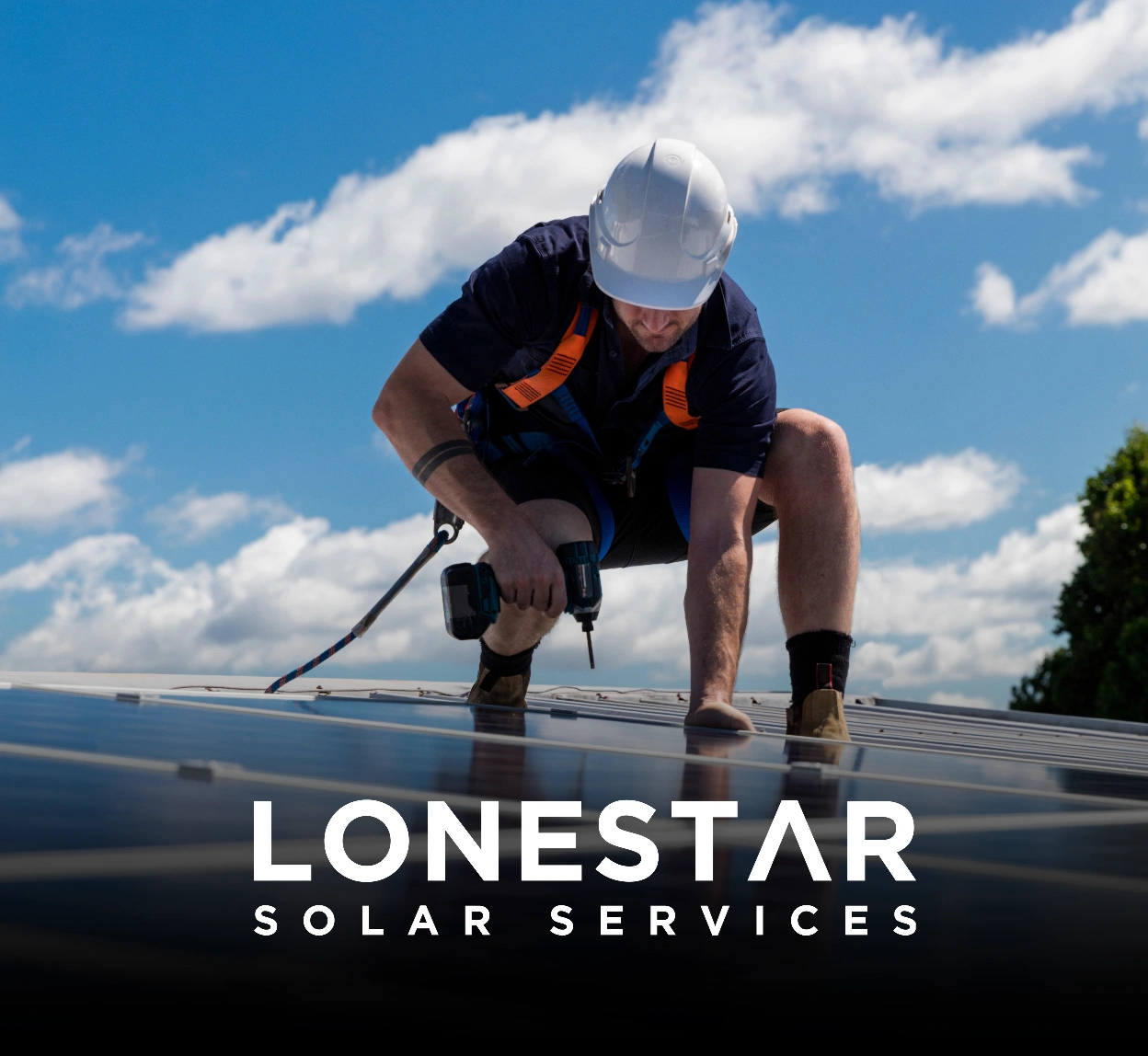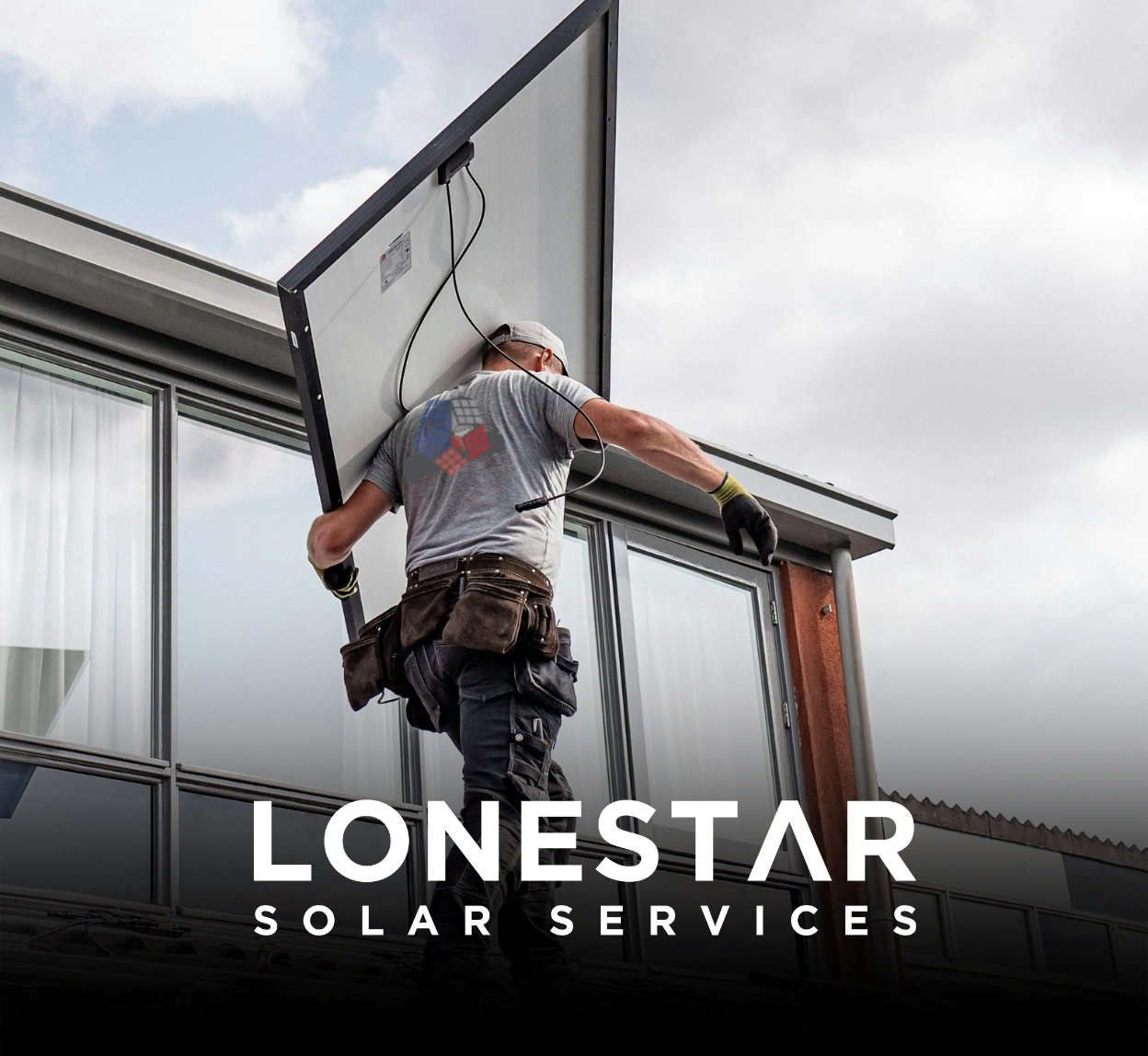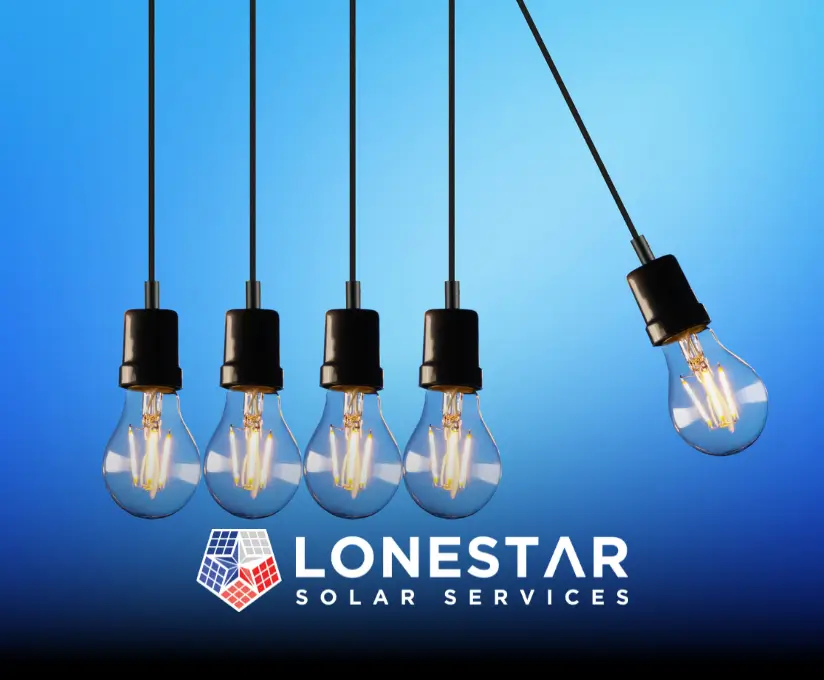Solar Panel Repair in Texas (When Your Installer Is Gone)
Panels not producing and your installer went bankrupt? Lonestar’s Texas O&M team diagnoses, repairs, and takes over abandoned systems so you can get back to saving.
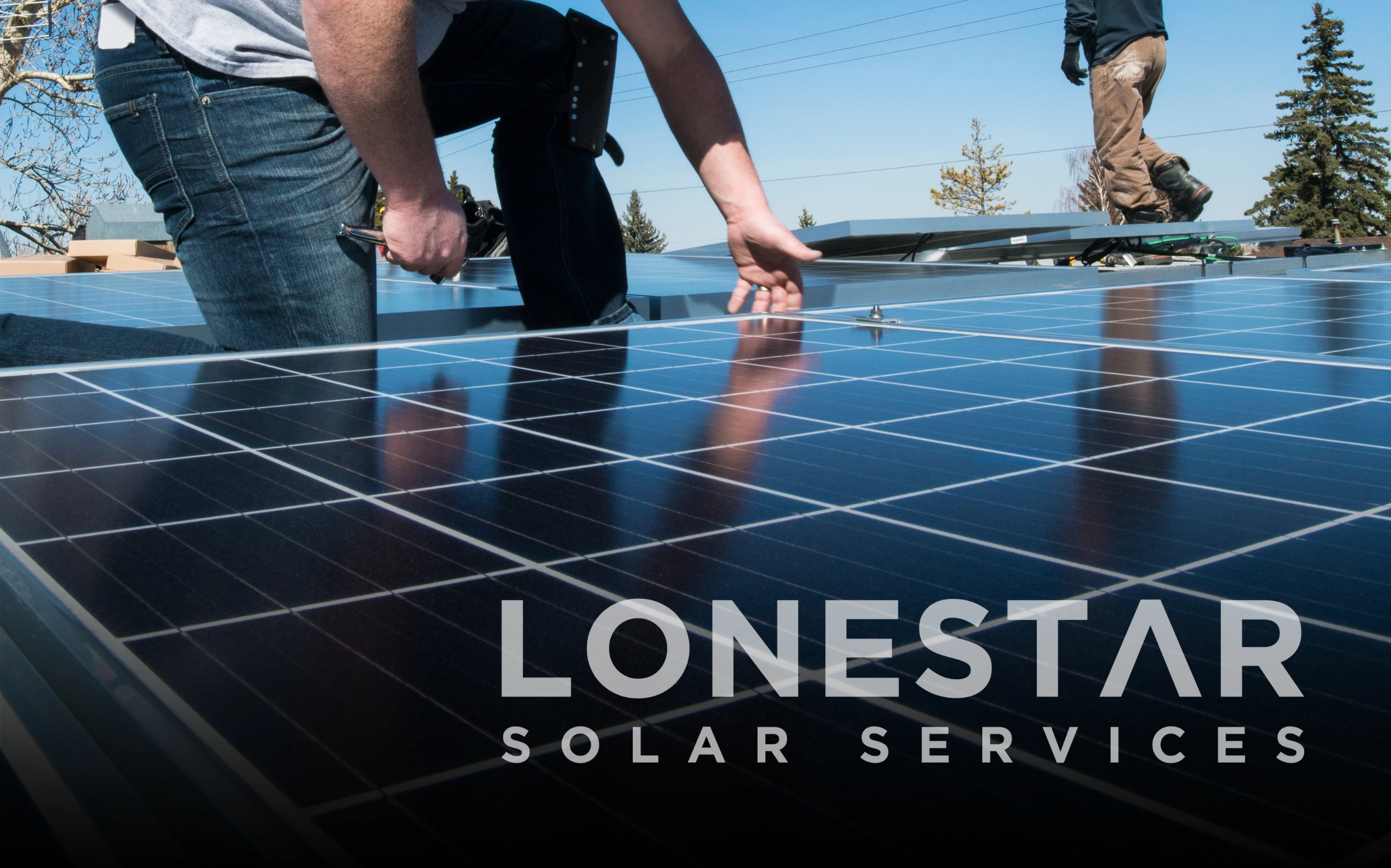
Your app shows zero production. The bill’s creeping back up. Meanwhile the company that sold you solar… vanished. If that’s you, you’re not alone -and you’re not stuck. Lonestar’s Texas-based O&M team specializes in rescuing abandoned systems and getting them producing again, then staying on as your service partner.
Get help for your abandoned solar system.
Important: Please don’t try to repair electrical or roof-mounted equipment yourself. Observation is fine; tools and ladders are not. If you’re worried about a fire or shock risk, keep your distance and call a pro.
What you can safely check (no tools, no ladders)
- Open your monitoring app and note any error codes or offline dates.
- From the ground, look for obvious damage (shattered glass, dangling wires, loose conduit, animals nesting).
- Jot down recent weather events (hail, high winds, lightning).
Bring those notes to your technician -this shortens the diagnostic time without you touching the system.
What usually fails -and how a pro fixes it
Inverters & rapid-shutdown: Error codes, tripped faults, or a dead gateway can halt production. A technician will pull logs, verify AC/DC parameters, test the rapid-shutdown circuit, and update firmware or replace failed components if needed.
Wiring & connectors (BOS): UV-brittled wiring, loose MC4s, or water in junction boxes create resistance and heat. Pros perform insulation-resistance and IV-curve tests, then re-terminate or replace runs to code.
Modules (panels): Hail-cracked glass, hot spots, delamination, or PID are pro-only issues. Techs confirm with thermal imaging and electrical tests; cracked or water-intruded modules are typically replaced, not patched.
Racking & roof interface: Loose clamps or flashing leaks are safety and roof-warranty problems. Pros torque to spec, replace hardware, and re-flash penetrations.
Monitoring offline: Gateways, CTs, cellular/Wi-Fi bridges, and account ownership often need a technician to re-commission -especially when the original installer is gone.
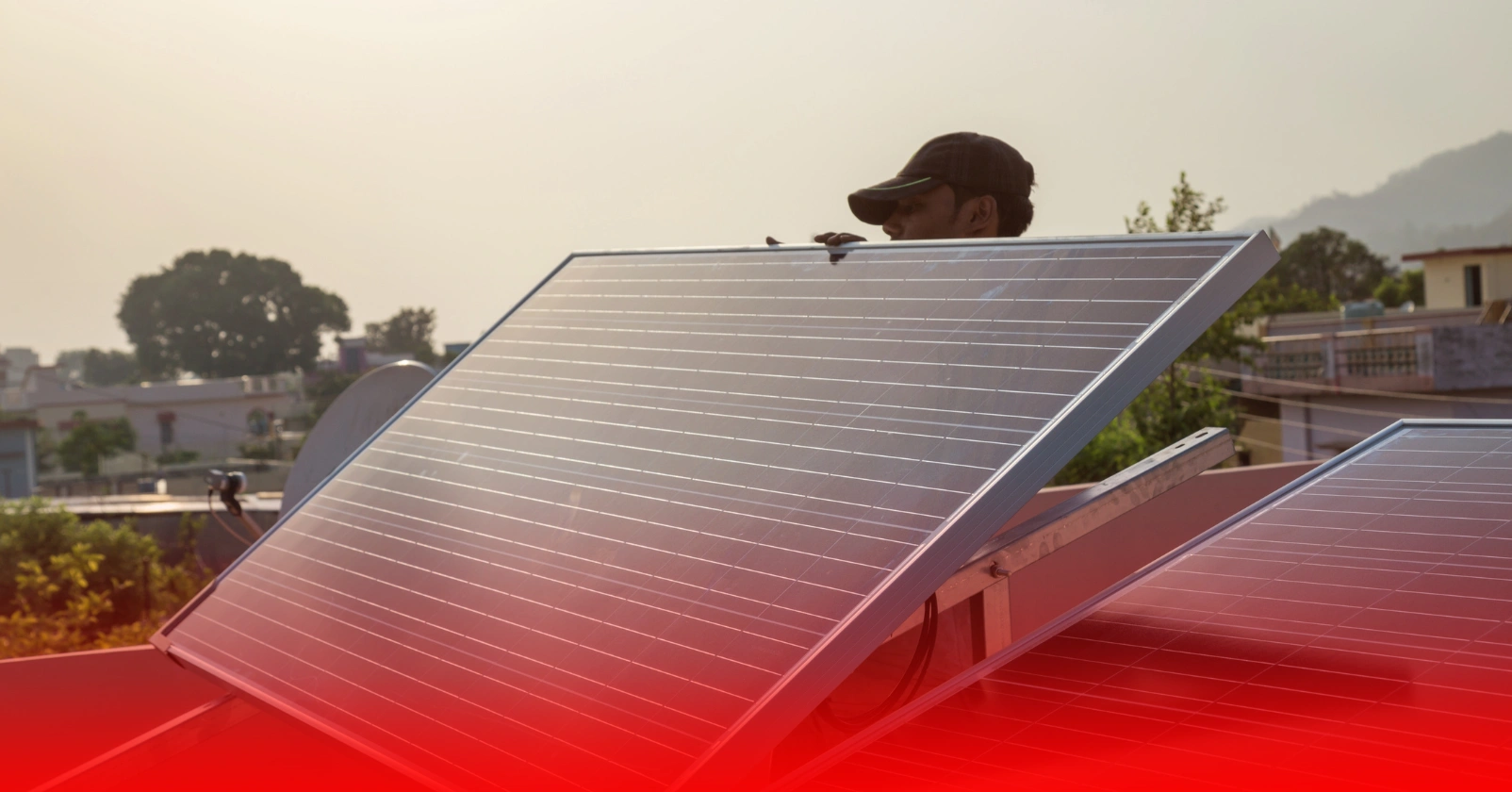
If your installer went bankrupt or disappeared
This is exactly the scenario Lonestar’s O&M takeover program was built for -records review, a make-safe diagnostic, parts sourcing, utility paperwork, and ongoing support.
Learn how we take over service for orphaned systems: Lonestar O&M takeover.
Not sure what to do first? Here’s a plain-English checklist on what to do when your installer disappears so you don’t lose time or coverage:
What to do if your Texas solar installer goes out of business.
Curious why this keeps happening across the state? This backgrounder explains why so many Texas solar companies have gone bankrupt and what it means for homeowners:
Texas solar companies going bankrupt -what’s happening?.
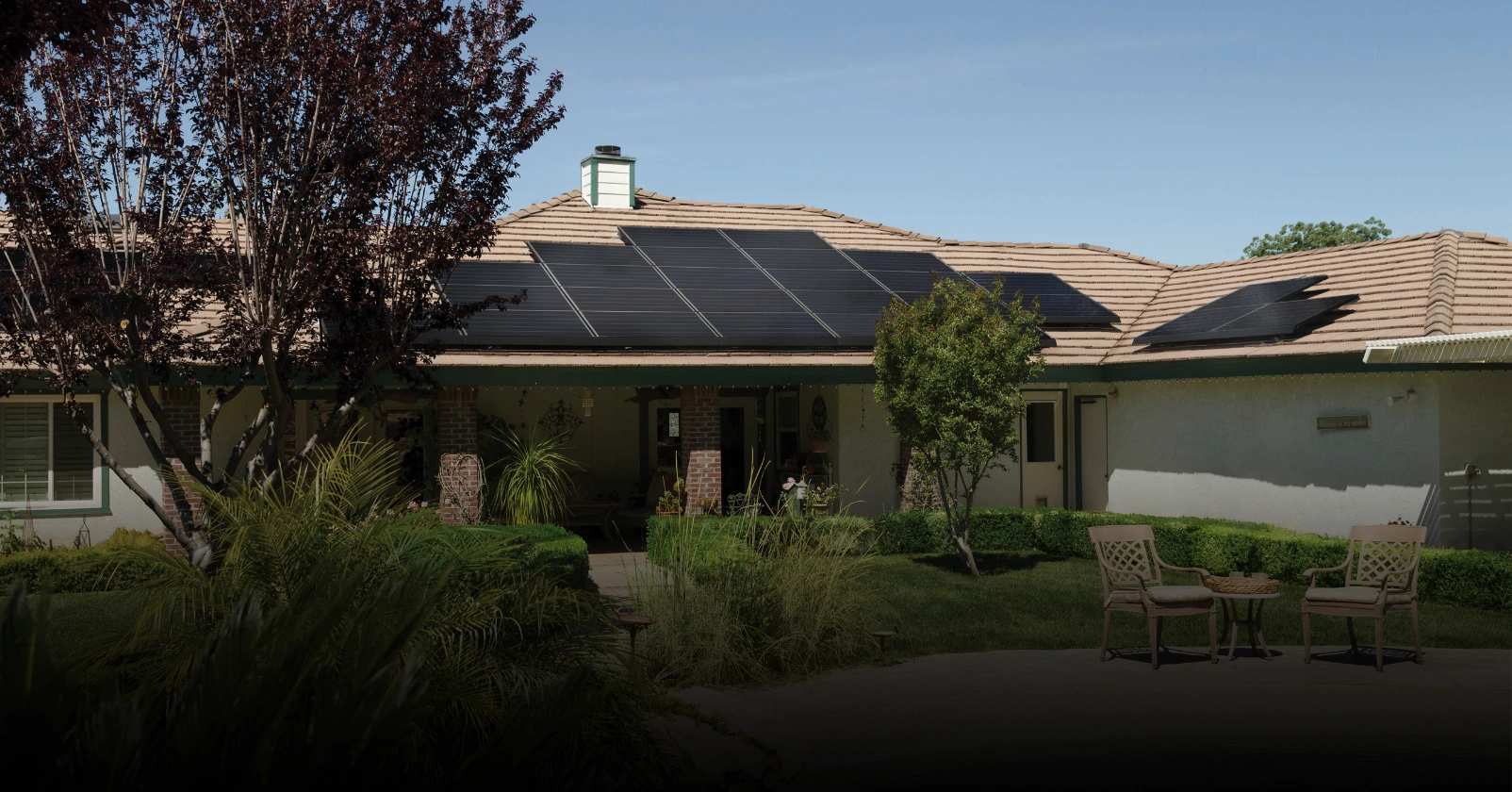
Repair or replace -how the decision’s made
- Repair fits issues like failed connectors, combiner faults, communication fixes, or a recoverable inverter error.
- Replace is the call for shattered glass, water intrusion, severe delamination, or an inverter near end-of-life with recurring faults.
Pros will weigh age, remaining warranty, safety, and production impact -then give you a clear recommendation and quote.
Warranties, insurance, and keeping coverage alive
- Manufacturer warranties often require authorized parts and qualified techs; unauthorized work can jeopardize coverage. A takeover partner helps coordinate with manufacturers so future claims stay valid.
- Homeowner insurance typically covers hail, wind, and fire; a pro’s report and photos support claims and roof coordination.
- Paperwork matters: keep invoices, serials, PTO letters, and the original contract handy -your new service partner will need them to transfer monitoring and support.
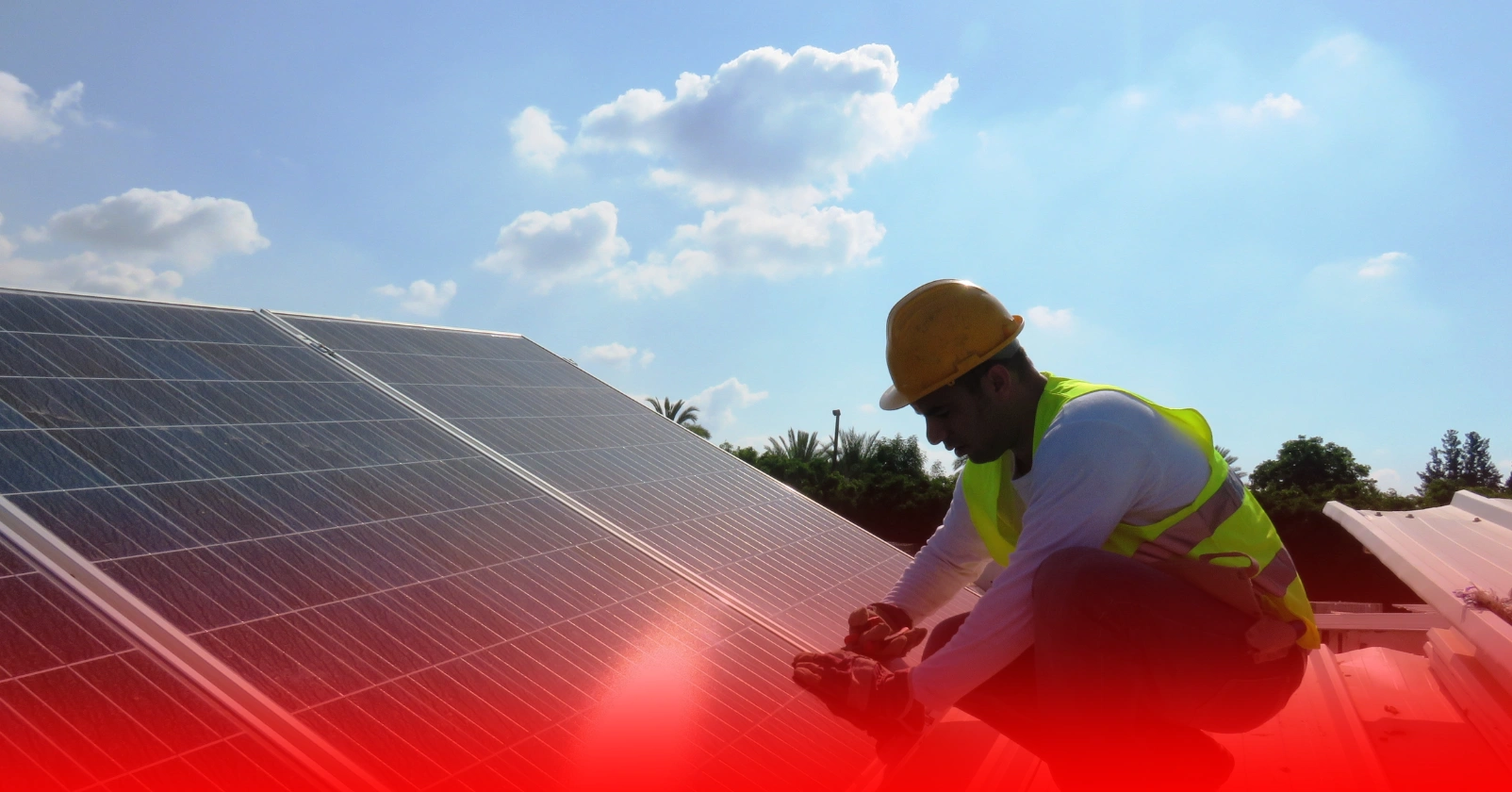
What a Lonestar service visit looks like
- Arrival & safety check (lockout/tagout, roof and electrical safety)
- Visual + thermal scan of modules, wiring, terminations
- Electrical testing (string/micro diagnostics, insulation resistance, inverter logs)
- Findings explained with a prioritized repair plan
- Repairs or parts order (with manufacturer coordination when applicable)
- Monitoring restored and a summary with next steps
Why act now (and why not DIY)
Electrical faults and roof leaks don’t age well. Quick pro diagnostics prevent bigger costs, protect your roof, and keep warranties intact. And because abandoned systems often need utility paperwork and monitoring transfers, a Texas-based service partner saves you weeks of back-and-forth.
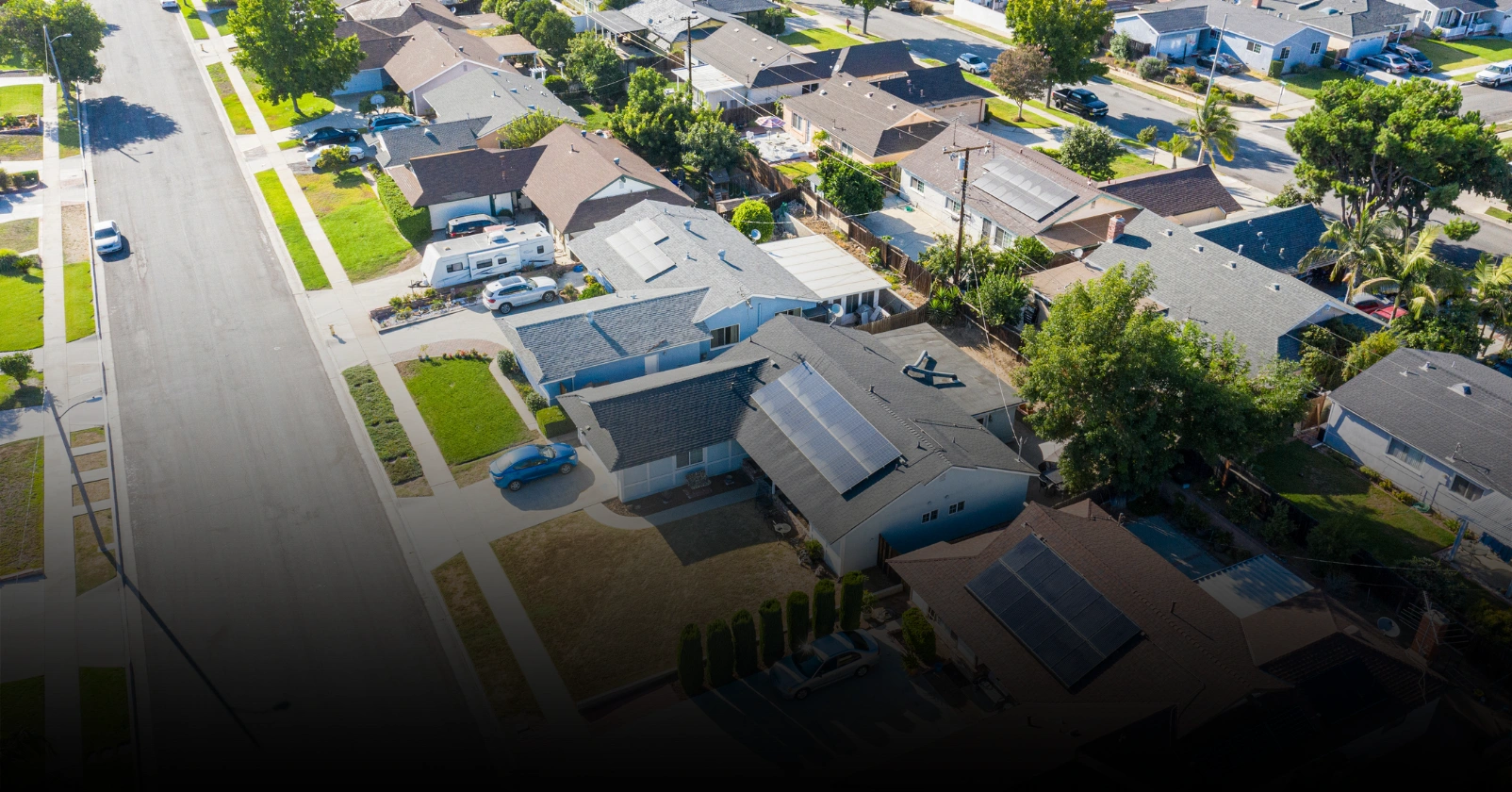
FAQs
Will my system still work if the installer is gone?
Often yes, but if production is zero or unstable, get a diagnostic. We can become your ongoing service partner after an orphaned-system takeover: see how the takeover works.
Can you become my “installer of record”?
Yes -after inspection and compliance checks, we handle utility and monitoring updates and support going forward: Lonestar O&M takeover.
What should I gather before the visit?
Monitoring login (if you have it), any error screenshots, past invoices/contracts, serial numbers if available, and your PTO letter. If your original company is gone, this’ll speed up the takeover and repair plan.
Ready to get your system producing again?
Book a diagnostic and let our Texas O&M team handle the rest -repairs, paperwork, and ongoing support for orphaned systems.
Get help for your abandoned system.









